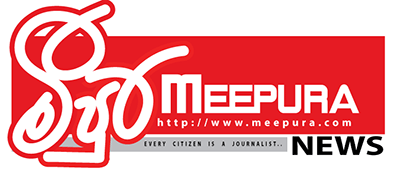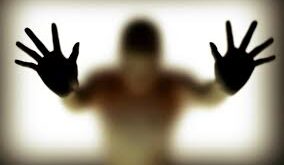(11.00 am) In 1937, the then Municipal Secretary of the Negombo Municipal Council, Mr. Earl de Alwis, suggested that the Municipal Council needed an official emblem and with the approval of the council, a competition was organized for the purpose. The emblem submitted by the famous artist Mr. Godamanne, who participated in this competition and won the first place, and a small part of the emblem submitted by the artist Mr. George Earls of the then Peradeniya Uthida Vidyalaya, who won the second place, were combined to create the Negombo Municipal Council emblem that is used to this day, as per the instructions of the Municipal Council. Even after Negombo became a Municipal Council in 1950, the word URBAN COUNCIL in this emblem was changed to MUNICIPAL COUNCIL and used.
At the top of this emblem are the words peace, harmony, and unity. This has been used to convince people that different ethnic groups including Sinhalese, Tamil, Muslim, Burgher, as well as people belonging to different religions such as Buddhist, Catholic, Hindu, and Islam live in harmony in Negombo city. In the past, this was in English as Unity, Peace and Concord.
Then, the rising sun is shown at the top of the logo. This symbolizes the dawn of freedom that lies ahead as the people gradually gain the right to self-government through the establishment of the city council system at a time when they were escaping from foreign domination.
The five pictures shown below summarize the historical, economic and social important facts related to Negombo. The picture shown in the upper left corner shows the famous Dutch fort and the clock tower in Negombo. This was a very important and famous fort during the period when the coastal areas of Sri Lanka were under foreign domination. This fort, surrounded by a high wall of stone, was built by the Portuguese and was strengthened by the Dutch after they took power from the Portuguese. This historical fort can still be seen in the city of Negombo to this day, and due to this, Negombo became very famous in the world.
The second image on the left of this logo shows a bee. This image symbolizes a historical legend related to how the name Negombo came into use for this city. That is, the story of the bee brought to appease Vihara Mahadeviya, which is mentioned in the Thupavamsa, Janasrati and Rajavaliya.
The top right corner shows a boat with fishermen on the shore. This is a special type of fishing boat with sails, which is used to catch fish in the coastal waters, not in the deep sea. This image symbolizes the main industry of Negombo and the main livelihood of its residents, the fishing industry. [[File:නියියිය.jpg|200px|left]
The second image on the right shows a crab. Negombo Lagoon is very famous for crabs and prawns. Negombo prawns and crabs are famous all over the world because these two species are very popular among foreign tourists. At the bottom of this logo is a picture of a cinnamon stick. It is mentioned in historical books, reports and folklore that foreigners obtained delicious cinnamon from Negombo since the era when there was a barter system in the world. This is further confirmed by a document written by the Dutch Governor Funri and the information provided by a person named Matsukker, and by the fact that Governor North selected Maradana and Kadirana in Negombo to grow cinnamon. Cinnamon cultivation has also been carried out as an industry in this area since ancient times.
Source – Wikipedia
 english meepura
english meepura
